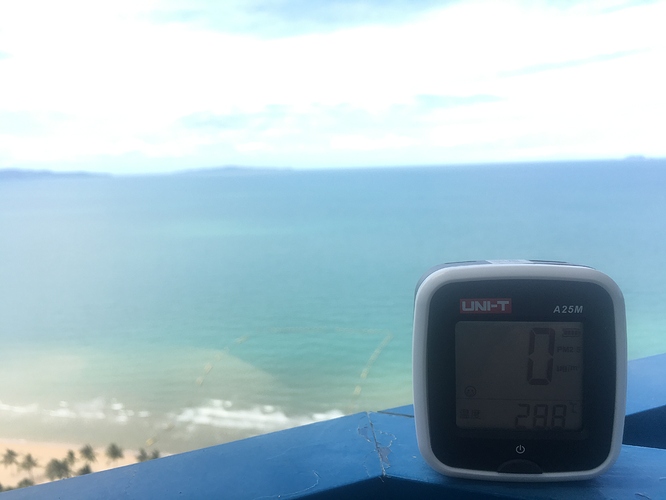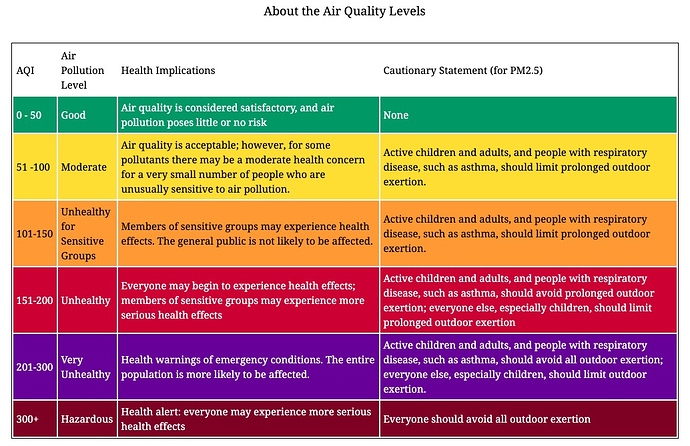One of the main reasons we moved to the oceanside was the clean ocean breeze. So, recently I bought a UNI-T A25M PM2.5 Air Quality Monitor to compare the PM2.5 on our balconies to other parts of the world.
Actually, what I really wanted to do was to set up a professional AQM node for this project, but since the pandemic changed all our lives, this global AQM&I web site is not responding to emails.
So, in the meantime, I went ahead and bought an inexpensive (around $50 USD) UNI-T A25M PM2.5 Air Quality Monitor and it seems to work fine. I have tested it next to road construction and the PM2.5 goes off the chart; and the same from the smoke from a sulfur match. When the AQM is down wind from the kitchen, PM2.5 even goes up a bit, in a good way, when my wife cooks bacon!
On the "best days" the PM2.5 on my ocean-side balcony is (amazingly) zero:
This creates a very nice feeling as you can imagine, breathing such clean ocean air daily. The PM2.5 has been around 0 to 1 for the past few days, but a few days before that it sometimes went up to 5.

As you can imagine, the PM2.5 measurements on a day-to-day basic are mostly based on the wind speed and direction.
When the wind is blowing off the ocean from the southwest , the PM2.5 is low. As expected, when the wind shifts and blows from the land side of the condo. the PM2.5 goes. up.
Last week the wind shifted and some of the pollution from some factories about a hour north by car, caused our PM2.5 to average between 15 and 25 for a few days, which is still considered "healthy" by PM2.5 standards; but of course we like it when it is under 5 oceanside. My wife, who originally laughed when she found out I spent $50 on this electronic gadget, watches the PM2.5 level more than I do it seems. She loves this little AQM and so I move it around from the bedroom at night when we sleep to the front and rear balconies when we are awake.
My goal is still to join the World's Air Pollution: Real-time Air Quality Index team and spend between $200 and $300 US on a professional grade AQM and be a node on the map.
Hopefully, the owners of that web site will return to "business as usual" soon so I can order a Gaia A12: Professional Sensing Station or maybe the A13 with added gas monitoring options.
I never realized monitoring air quality could be so interesting; but then again, when you live on sea coast, it's easy to have a "good feeling" about air quality.


